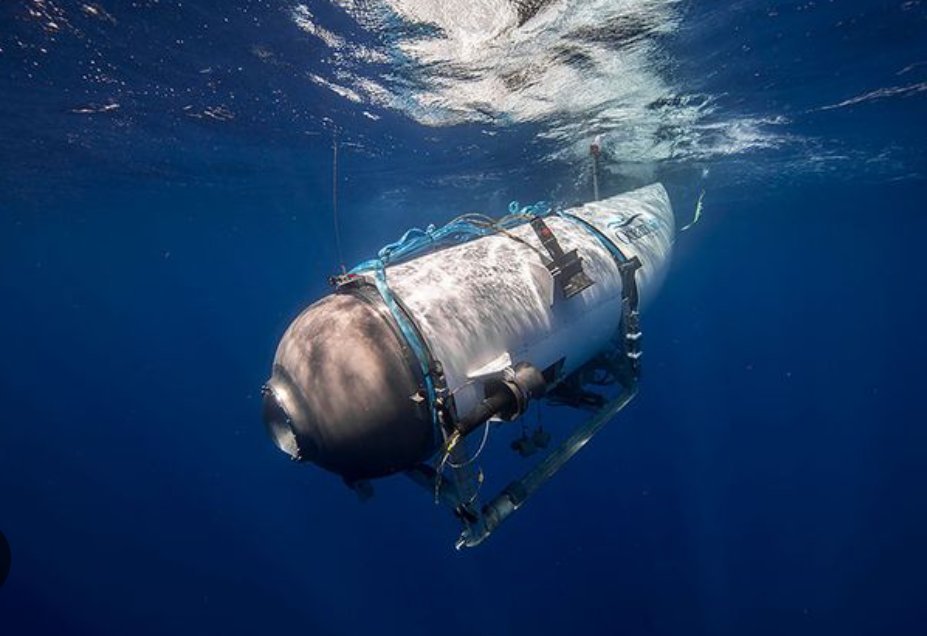Following a futile attempt for a submersible carrying five persons that disappeared while on a tour of the Titanic wreckage site off the coast of Newfoundland, Canada, all passengers are now believed to be dead.
With a 96-hour oxygen supply, the OceanGate Expeditions-operated 21-foot deep-sea submersible Titan lost communication around an hour and 45 minutes after diving on Sunday morning.
Also Read: OceanGate Titan: What happens to a submarine and its passengers when it implodes?
It was later established that the submersible appeared to have had a “catastrophic loss of the pressure chamber,” imploding 1,600 feet away from the well-known Titanic ruins that its five passengers had hoped to see, according to the Coast Guard. However, US Coast Guard Rear Admiral John Mauger said it was too soon to say if the implosion occurred at the same time.
Now, a senior U.S. Navy official confirmed to ABC News that a submerged acoustic detection system heard what was probably the Titan submersible imploding on Sunday. The information was immediately communicated to the United States Coast Guard, and further investigation was conducted on Sunday.
Also Read: Terrifying AI video shows how OceanGate submersible might have imploded | Watch
“The U.S. Navy conducted an analysis of acoustic data and detected an anomaly consistent with an implosion or explosion in the general vicinity of where the Titan submersible was operating when communications were lost,” the senior official told ABC News in a statement. “While not definitive, this information was immediately shared with the Incident Commander to assist with the ongoing search and rescue mission.”
According to the official, “This information was considered with the compilation of additional acoustic data provided by other partners and the decision was made to continue our mission as a search and rescue and make every effort to save the lives on board.”
Also Read: Did OceanGate Titan Submersible that imploded have a black box?
Separately, a U.S. defense official claimed that an examination of the “banging” noises detected by sonar buoys revealed they were either oceanic natural sounds, biological noises, or noises connected to the surface response vessels rather than coming from the lost submersible.







